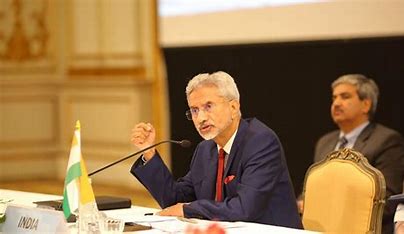
As technology advances, the world is becoming increasingly decentralized. The emergence of blockchain technology has given rise to numerous decentralized systems, providing users with more autonomy and control over their digital assets. Hedera Hashgraph is a distributed ledger technology that has gained significant attention in recent years due to its high scalability and low transaction fees. In this article, we will explore how Hedera Hashgraph enables community consensus through decentralized governance. If you are interested in bitcoin trading, then you can start your trading journey and open an account here. https://bitcoinsprint.nl
Decentralized governance is a system in which decisions are made by the community rather than a centralized authority. This approach allows for more transparency, fairness, and inclusivity in decision-making processes. Decentralized governance is made possible through the use of blockchain technology, which provides a secure and transparent platform for community members to participate in decision-making.
Hedera Hashgraph is a public distributed ledger technology that uses a novel consensus algorithm to achieve high scalability and fast transaction times. The Hashgraph consensus algorithm allows for hundreds of thousands of transactions per second, making it one of the fastest consensus algorithms in the world. This speed and scalability make it an attractive option for decentralized applications that require high throughput and low transaction fees.
Hedera Hashgraph also enables decentralized governance through its council model. The Hedera council is made up of 39 leading organizations from various industries, including finance, healthcare, and technology. The council members are responsible for governing the network, including setting fees, upgrading the protocol, and making decisions about network security. The council is also responsible for ensuring that the network remains decentralized and transparent.
Hedera Hashgraph enables community consensus through its tokenomics model. Hedera Hashgraph uses the HBAR token as its native currency, which is used to pay for transactions on the network. The Hedera council sets the transaction fees, which are paid in HBAR tokens. The council members also receive a portion of the transaction fees as a reward for maintaining the network.
In addition to transaction fees, HBAR tokens are also used for staking. Staking involves holding HBAR tokens in a wallet and participating in the consensus process. Community members who stake their HBAR tokens have a say in the governance of the network and can participate in decision-making processes. This approach ensures that the network remains decentralized and transparent, with decisions being made by the community rather than a centralized authority.
Hedera Hashgraph is a distributed ledger technology that enables community consensus through its decentralized governance model. The Hedera council is responsible for governing the network, ensuring that it remains decentralized and transparent. The tokenomics model of Hedera Hashgraph, which uses the HBAR token, enables community members to participate in decision-making processes through staking. This approach provides users with more autonomy and control over their digital assets, creating a more inclusive and fair system for all.














